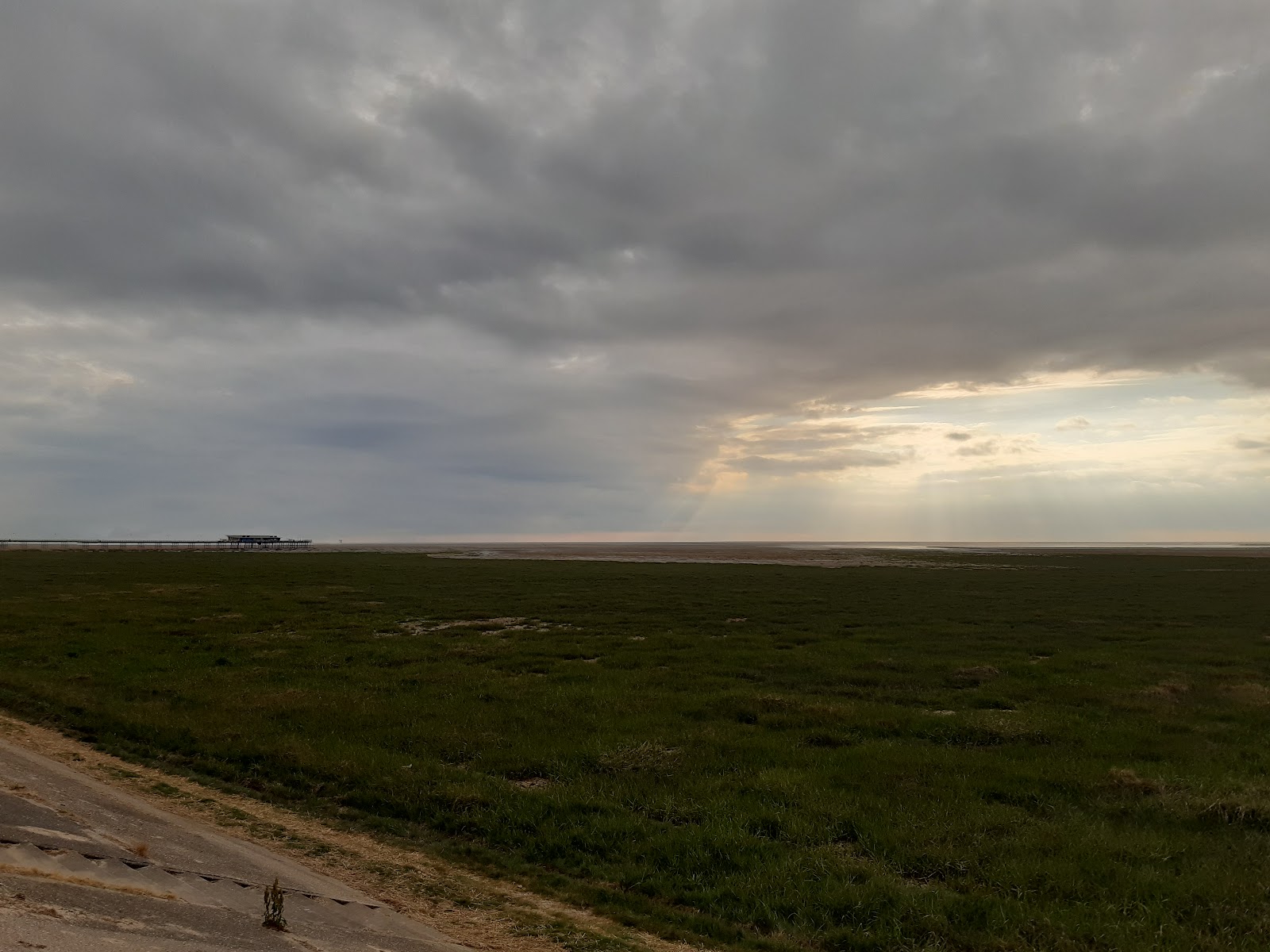Southport
Southport is about 40 minutes southwest of Preston. It was founded in 1792 by the landlord of a nearby pub, William Sutton, who built a bathing house on the site to tap into the fashion for bathing in the sea. A widow from Wigan started to take in lodgers in her nearby cottage, so Sutton built a hotel, the South Port Hotel - despite there being no port. This gave a name to the town that developed.
As a resort Southport had a early advantage over its rival in that it was on a canal - or at least only 4 miles from a canal. The Leeds Liverpool Canal brought people from Liverpool and Wigan and other local cities. It has always marketed itself as rather more genteel than the nearby Blackpool, but like all UK resorts is now looking like faded glory.
Churchtown
So we will start in Churchtown. This was the small village William Sutton came from. Today it has been subsumed into the sprawl of Southport. It is 2 miles from the centre of Southport, and very different to it.
Apart from the car, it looks like it has hardly changed in two centuries. The pub on the right is the Bold Arms, whilst behind us is the Hesketh Arms, and it was the latter we ventured inside. This is the pub Sutton was the landlord of, though it was the Black Bull then.
Lord Street
The centre of Southport is very Victorian. The main road is Lord Street and many of the buildings have canopies over the street.
In 1926, Henry Segrave set the land speed record on the sands at Southport at 152.33 mph. This is commemorated in a Wetherspoons named after him.
The Art Deco style of old Garrick Theatre marks it as obviously from between the wars. It opened in 1932, built on the site of the Opera House, which had been destroyed in a fire.
Just left of the theatre is the remains of Lord Street station - you can see the clocktower in the image.
If you head away from the sea, you get to King street, running parallel to Lord Street, and there you will find the Cheshire Lines pub. The Cheshire Lines (full name Southport & Cheshire Lines Extension Railway) was the company that built the line to Lord Street Station.
It is an excellent pub that does not feel like the place stags and hens go to.
The Coast
While most of the world is worried about the sea encroached on the land with global warming, this part of England has the opposite problem, with beaches become mudflats, and then grassy. You could see this in the photos around Glasson Dock last week, but it is also apparent at Grange-over-Sands and Lytham too. There is a review of the issue at Grange made 25 years ago here; it also mentions Southport.
I suspect at Southport the local council is taking steps to prevent this process, as there is a section about 750 m long where this has not happened, just where the front it.
It is currently closed, and the council have tried to get permission to demolish it, however it is listed and so far they have failed.














Comments
Post a Comment